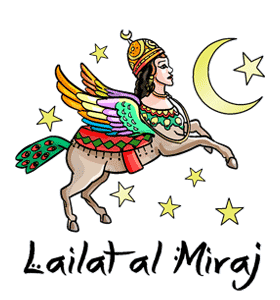Lailat al Miraj
Lailat al Miraj Quick Facts in India
| AKA Name | Israa wal Miraaj, Laylatul Miraj, Laylat ul Miraaj, Meraaj, Miraaj, Meraj, Mi'raaj |
|---|---|
| Hashtags | #Lailat, #Lmiraj |
| 2026 Date | 16 January 2026 |
| 2027 Date | 5 January 2027 |
2026 Holidays & Dates - India
| India & Common Holidays | ||
| Misc. & Int'l. Observances | ||
| Jewish Holidays | ||
| Muslim Holidays |
› | ||
